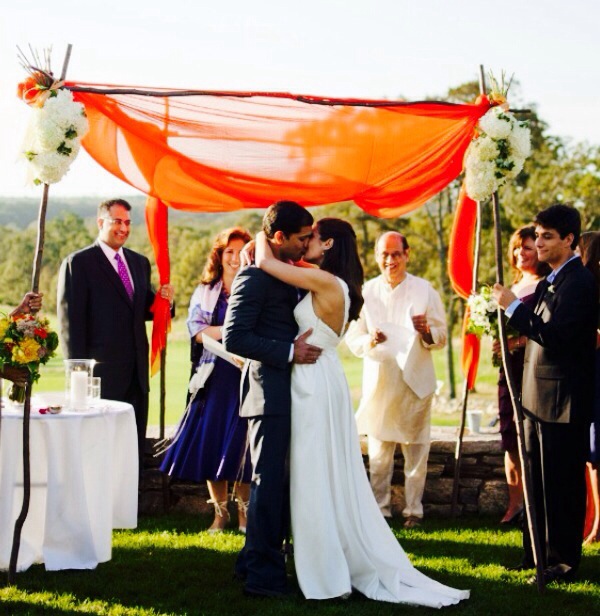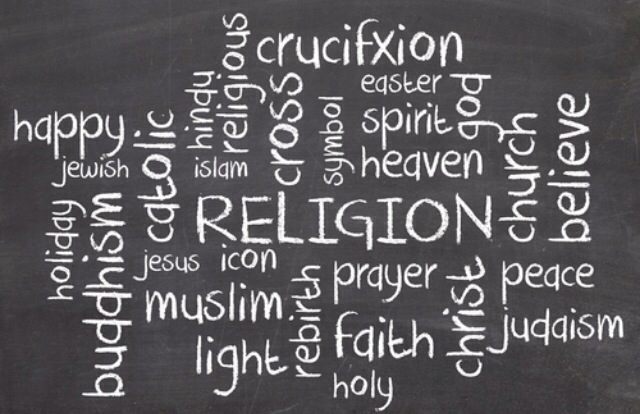Creating an Interfaith Ceremony for Couples
Rabbis of long ago made it very easy for Jewish couples to be joined in marriage. Four things were necessary: the exchange of an item worth more than a few cents (the ring), the recitation of a ritual formula of consecration, two witnesses and the physical consummation of a partnership.
All the rest were traditions! The wedding canopy (chuppah), seven wedding blessings, breaking of the glass, wine, music, shouting “Mazel Tov!” And the rabbi or cantor leading the blessings are all optional.
The entire legal wedding service would fill only a page or two. The optional traditions are what give the ceremony color and flavor. In many communities, the customs or traditions have become so emotionally meaningful that many assume they are essential.
At Texas Twins Events, Reverend Wendy Wortham and the Texas Twins Team understand the challenges of interfaith unions and place no restrictions on how or where we will officiate or co officiate at an Interfaith Marriage. Our commitment to you is making your wedding ceremony joyous and memorable. Love is by far the greatest doctrine of all faiths.
Your interfaith wedding is about you- don’t hesitate to contact us with questions or concerns as adding additional elements to your ceremony is a specialty of Wendy Wortham.
Blending religions when it comes to a wedding ceremony or other religious event is a blending of life experiences, upbringing, and culture which can create a rich tapestry of life and the future of the new couple.
It is not uncommon today to perform an interfaith and inter cultural marriage. In the past 10-15 years there has been a move to unique and creative ways of celebrating and recognizing a couples relationship. This is a good thing, finding ways to bring your ceremony together using input from both the Bride and the Groom teaches compromise and adaptation.
One way to craft a meaningful and diverse wedding ceremony or reception is to focus on the traditions and elements that each religion or culture has in common. In Jewish culture it is the Chappah, and in Hindu, the Mandap.
Another tradition that is common to the Jewish, Hindu and Greek Orthodox religions is the breaking of something at the conclusion of the ceremony. Jewish couples break a glass with their feet, Greeks drink a glass of wine and throw the glass, Hindus break a pot.
Yet another tradition includes the exchanging of something during the ceremony. For Indians, they exchange garlands, Christians and Jews exchange rings while Buddhists exchange white scarves.
Finding what traditions a couple has in common and creating your own blended ceremony can add more meaning to your ceremony. However, you may need to explain the symbolism so your guests can better understand what you are doing and why you are doing it!
If a couple comes from cultures where they speak different languages, they may also want to include a reading or welcome to guests in their ceremony that includes their native language. This gives recognition to that culture and honors any guests that may have travelled from places abroad where the native language is spoken.
Planning inter-culture or inter-faith weddings can bring with it various challenges and sometimes demands from other family members. However, many couples find creative ways these differences into their ceremony that will honor traditions and their families while also reflecting who they are as a couple.



